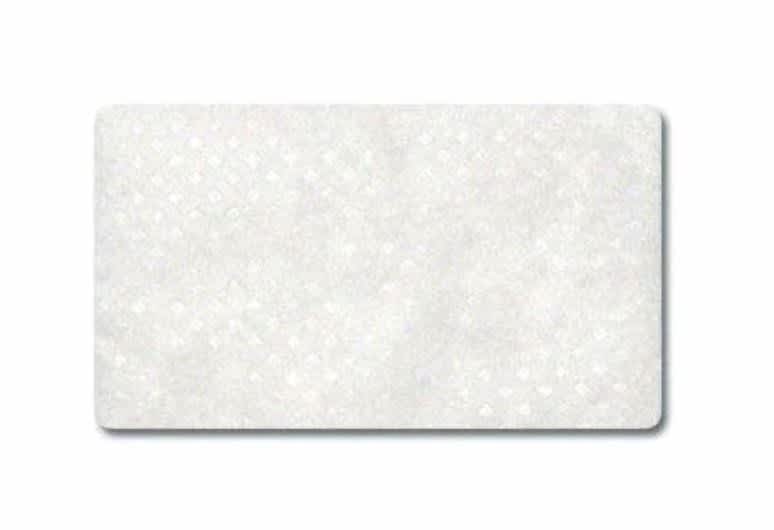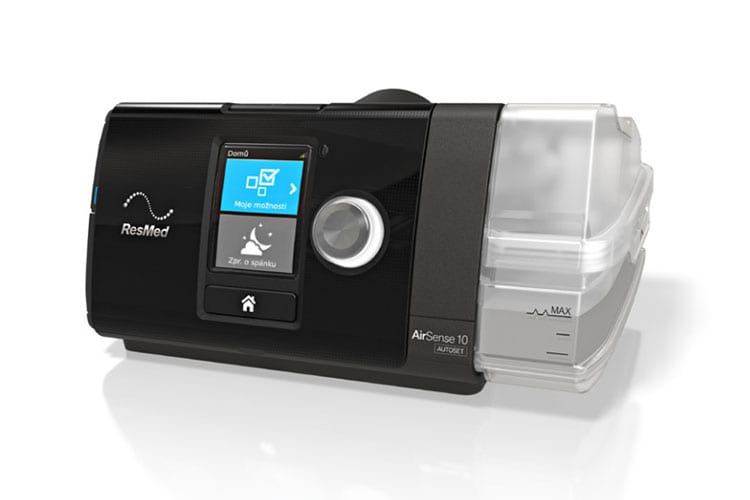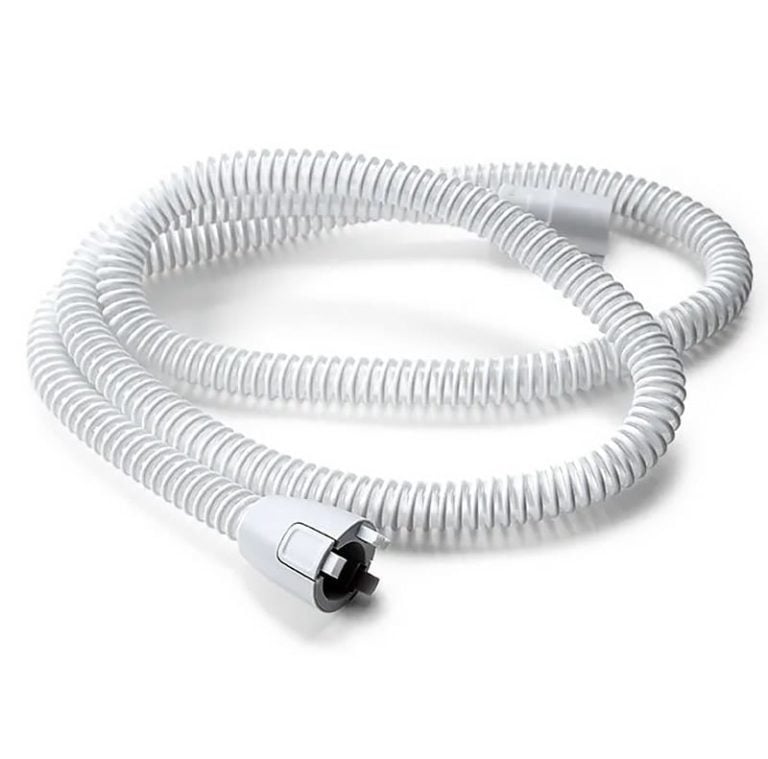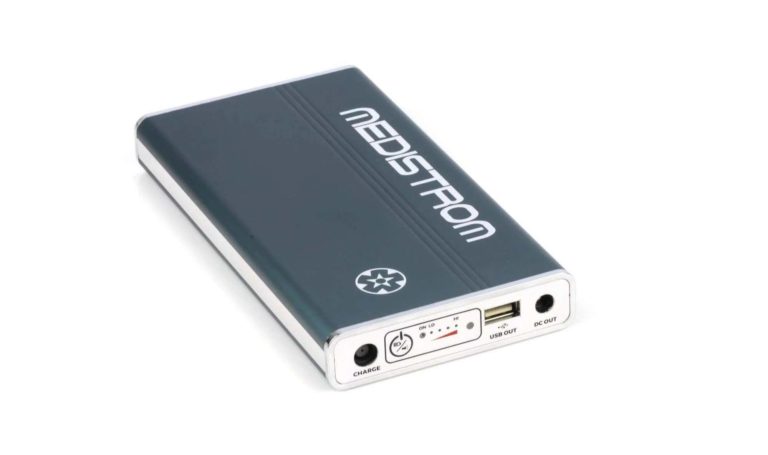When you buy through our links, we may earn a commission. Products or services may be offered by an affiliated entity. Learn more.
CPAP Filters
A filter is an important feature of every CPAP machine, as it purifies the air before it’s pressurized and delivered into your airway. Not only does a filter protect your lungs, it also helps maintain the integrity of your CPAP machine.
There are two main CPAP filter types: disposable and non-disposable. A CPAP machine may use one or both kinds of filters. Disposable filters should be periodically discarded and replaced. Non-disposable filters are easy to remove from CPAP machines, and because they are reusable, they should be washed on a regular basis. Some of the best CPAP machines can also accommodate an in-line bacteria filter for bacteria and viruses.
It’s important to note that each CPAP machine is only compatible with a few filter styles, so you’ll need to check your user manual before purchasing replacement filters. We’ll delve into how CPAP filters work and how to choose the right one for your machine.
How CPAP Filters Work
The purpose of a CPAP machine filter is to purify air before it reaches your lungs, thus protecting your respiratory system from contaminants like dust, mold, smoke, pollen, pet hair, and other allergens during your sleep apnea treatment. Different filters target certain types of particles more than others.
Most CPAP machines include at least one disposable filter, made from thin paper or paper-like material. CPAP disposable filters have a finely woven construction that is electrostatically charged, which allows them to attract very tiny particles.

Non-disposable filters are made from absorbent foam and are usually located in the back of a CPAP machine. These reusable internal filters are sometimes called pollen filters because they are designed to remove larger particles like pollen, pet hair, and dander.
CPAP machines with dual-filtration systems utilize both disposable and reusable filters. With these designs, the disposable filter rests inside the non-disposable filter and removes any of the finer particles that were missed by the larger filter.
A disposable in-line bacteria filter can also be added to most standard CPAP machines to be used in tandem with disposable or non-disposable filters. In-line bacteria filters have an ultra-fine construction that targets bacteria and viruses, and are therefore recommended for CPAP users who are more vulnerable to allergies and sinus infections. Bacteria filters easily attach to your CPAP air outlet and purify the air before it reaches your mask.
CPAP Filter Replacement Schedule
In order for your lungs to receive the cleanest air possible, it’s critical to clean and/or replace your CPAP air filters. Certain factors like having pets, living with a smoker, or using a wood-burning fireplace may require you to wash or exchange your filter more frequently.
To replace your filter, start by unplugging your device and removing the old or dirty filter from an easily located compartment. The location of this compartment varies between models, but it’s often located on the back of your device. Once you’ve removed the old filter, simply replace with the new or cleaned filter.
Disposable CPAP filters cannot be reused and should be changed out every two weeks. You may need to replace your filter more frequently if it shows signs of residue or discoloration, or if you live in a dusty or smoky environment.
Non-disposable CPAP filters, also known as internal filters, need to be washed in warm soapy water at least twice a month to ensure optimal performance. These filters should be replaced with new ones every three months, or more often if the foam starts to deteriorate.
Disposable in-line bacteria filters should be replaced every 30 days.
| Filter Type | Frequency of Replacement |
|---|---|
| Disposable CPAP Filter | Two weeks, or sooner if the filter becomes discolored. |
| Reusable/Internal CPAP Filter | Clean at least every 2 weeks with warm soapy water, allowing the filter to air-dry before reinserting into the machine. Replace every 3 months. |
| Disposable In-Line Bacteria Filter | Replace every 30 days. |
How to Choose a CPAP Filter
Purchasing a replacement CPAP filter may seem like a straightforward decision, but there are a few factors to keep in mind. We’ll discuss how to choose the best CPAP filter for your machine.
What to Consider When Purchasing a CPAP Filter
The main factors to consider when purchasing a CPAP filter are compatibility, filtration style, materials, durability, price, and warranty policies. Beyond these considerations, you may also want to take into account your individual needs and preferences, as well as any recommendations from your doctor.
Compatibility
Adhering to manufacturer guidelines for your particular CPAP machine is the most important consideration when purchasing a filter, as only a few styles will be compatible with your model. Always refer to your CPAP machine’s user manual to make sure your filtration system is effective. Bear in mind that not all machines use a permanent internal filter and may instead use only disposable filters.
Manufacturer Recommendations
It’s important to only purchase models that the manufacturer of your CPAP machine recommends. Deviating from these guidelines may result in reduced or ineffective air filtration.
Filtration Style
CPAP machines may use either single or dual-filtration systems. Dual-filtration systems utilize a combination of disposable and non-disposable filters to eliminate a wider range of particles. Some people also opt to use an in-line filter to target viruses and bacteria. Regardless of the filtration style, all CPAP filters aim to remove harmful contaminants before they reach your airway.
Materials
Non-disposable filters are typically made from absorbent foam that blocks larger particles from entering your mask. Disposable filters, on the other hand, consist of finely woven paper or synthetic materials designed to catch smaller particles.
Durability
Disposable filters are the least durable type since they aren’t meant to be reused. Instead, they should be discarded about every two weeks. Non-disposable filters are usually effective for three months or so, assuming they are cleaned on a regular basis.
Price
Filters are usually sold in sets, with cost depending on the type and brand. Disposable filters range from $2 to $10 a piece, while non-disposable filters fall between $6 and $20 each. In-line bacteria filters cost around $5.
Warranty
Reusable filters sometimes have warranties to safeguard against manufacturing defects, but disposable filters rarely come with a warranty because of their short lifespan.
Disposable CPAP Filters vs. Reusable CPAP Filters
Included with the majority of CPAP machines, disposable filters have a thin mesh construction with an electrostatic charge that attracts smaller contaminants. Some people find disposable filters more convenient, because they are discarded after use and don’t need to be cleaned, but ultimately the choice depends on the make of your machine.
Reusable filters are also referred to as permanent or internal filters because they are usually located in the back of a CPAP machine. These foam filters are designed to eliminate larger particles.
Machines that use a dual-filtration system incorporate both disposable and reusable filters. In this design, the larger, permanent foam filter removes the majority of air contaminants, while the smaller disposable filter clears away any smaller particles that remain.
Frequently Asked Questions About CPAP Filters
Sifting through the different filter options can be daunting, which is why we’ll address some of the most frequently asked questions regarding CPAP filters.
What is the best way to clean CPAP filters?
Non-disposable filters should be washed by hand using warm water and mild soap. The foam filter should be squeezed gently to remove any lingering debris or soap and then air dried before returning to your CPAP machine. Conversely, disposable filters are meant to be discarded about every 30 days, and it’s not advisable to try washing them in order to extend their lifespan.
How much do CPAP filters cost?
Disposable and in-line filters usually cost about $5 or less per unit. Reusable filters run between $6 and $20.
Are CPAP filters covered by insurance?
Many insurance plans do cover the cost of disposable and reusable filters, but you’ll need to verify with your specific provider.
What do CPAP filters filter out?
CPAP filters remove contaminants like dust mites, mold, pollen, smoke, and pet dander. In-line or hypoallergenic filters remove viruses and bacteria.





